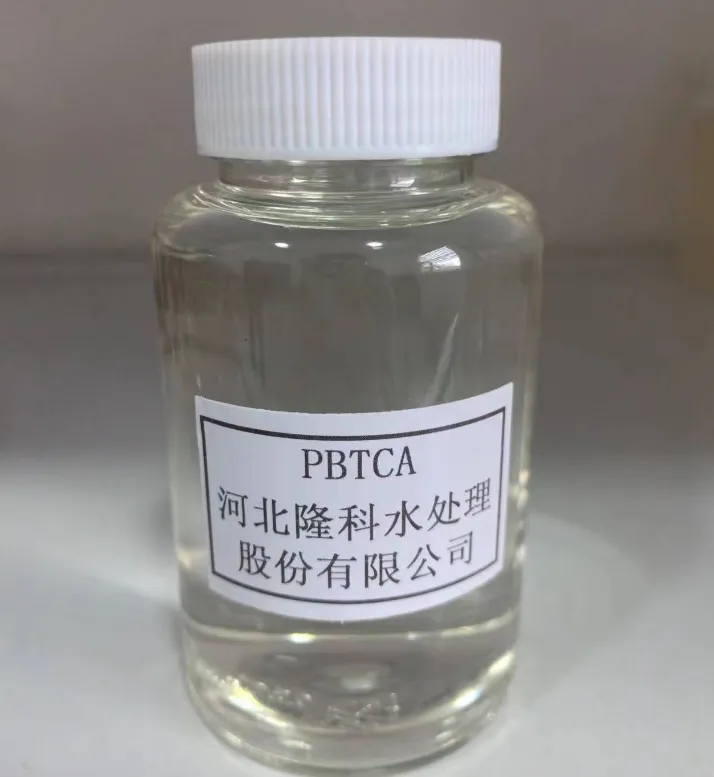ethylene diamine tetra methylene phosphonic acid
Ethylene Diamine Tetra Methylene Phosphonic Acid An Overview
Ethylene diamine tetra methylene phosphonic acid (EDTMPA) is a compound that plays a significant role in various industrial and environmental applications due to its unique chemical properties. As a phosphonic acid derivative, EDTMPA contains multiple functional groups that allow it to act effectively in a range of scenarios, particularly in water treatment, corrosion inhibition, and metal ion chelation. This article explores the structure, properties, applications, and future potential of EDTMPA.
Structure and Properties
EDTMPA is characterized by its four methylene phosphonic acid groups attached to an ethylene diamine backbone. This structure confers both hydrophilic and chelating properties, enabling EDTMPA to interact effectively with metal ions such as calcium, magnesium, and iron. The ability to form stable complexes with these ions not only enhances the solubility of various compounds but also aids in the prevention of scale formation, a common problem in many industrial processes.
The acid's functional groups provide it with a relatively low pH, which is crucial for certain applications, particularly in environments where pH control is necessary. Moreover, EDTMPA exhibits good thermal stability, making it an effective agent even in elevated temperature conditions. Due to these attributes, it has garnered attention in several sectors, including agriculture, water treatment, and oil and gas.
Applications
1. Water Treatment One of the primary uses of EDTMPA is in the treatment of industrial wastewater. The compound acts as a chelating agent, binding to metal ions that could otherwise precipitate and form scale on pipes and equipment. This property is particularly advantageous in cooling systems and boilers, reducing maintenance costs and prolonging the lifespan of the infrastructure.
2. Corrosion Inhibition Corrosion is a significant issue faced by industries utilizing metal structures. EDTMPA's ability to chelate metal ions helps in forming protective films on metal surfaces, thus minimizing oxidation and deterioration. This makes it an essential additive in various antifouling and corrosion-prevention formulations.
ethylene diamine tetra methylene phosphonic acid

3. Oil and Gas Industry In the oil and gas sector, EDTMPA is employed to enhance oil recovery processes. By preventing mineral scale deposits in extraction machinery and pipelines, it ensures efficient and uninterrupted operations. Additionally, its properties help in stabilizing emulsions and suspensions, which are crucial for the effective transportation of crude oil and natural gas.
4. Agriculture EDTMPA also finds its place in agriculture, particularly in fertilizers. The compound can enhance the availability of essential nutrients by binding to metal ions that are essential for plant growth. This chelation improves nutrient uptake and promotes overall soil health.
Future Prospects
As environmental regulations become stricter and the demand for sustainable practices increases, compounds like EDTMPA are likely to become even more valuable. Its biodegradable nature and effectiveness at low concentrations position it well within a growing inclination toward green chemistry. Innovations in synthesis and application methods could also enhance its utility and efficacy across various sectors.
Furthermore, research into modifications of the EDTMPA structure could lead to enhanced performance in specific applications. For instance, functionalizing the compound or exploring its use in nanomaterials could unlock new potentials, particularly in areas such as drug delivery systems in medicine or advanced materials for environmental remediation.
Conclusion
Ethylene diamine tetra methylene phosphonic acid is a versatile compound with substantial implications for industry and environmental science. Its unique properties enable it to effectively address challenges related to metal ion management, corrosion prevention, and nutrient availability. As research progresses and industries continue to prioritize sustainability, EDTMPA stands poised to play an integral role in advancing both operational efficiency and environmental stewardship. Understanding and harnessing the properties of EDTMPA could lead to innovative solutions that contribute to a more sustainable future.
-
Understanding Polycarboxylic Acids: Properties, Applications, and Future PotentialNewsJul.28,2025
-
Scale Inhibitor Explained: How to Protect Your System from Limescale and Hard Water DamageNewsJul.28,2025
-
Scale and Corrosion Inhibitors: Essential Chemicals for Industrial Water System ProtectionNewsJul.28,2025
-
Polyaspartic Acid: A Biodegradable Polymer for Sustainable ChemistryNewsJul.28,2025
-
Isothiazolinones: A Versatile Antimicrobial Class with Industrial Power and Regulatory ChallengesNewsJul.28,2025
-
A Deep Dive into 2-Phosphonobutane-1,2,4-Tricarboxylic Acid (PBTC)NewsJul.28,2025





